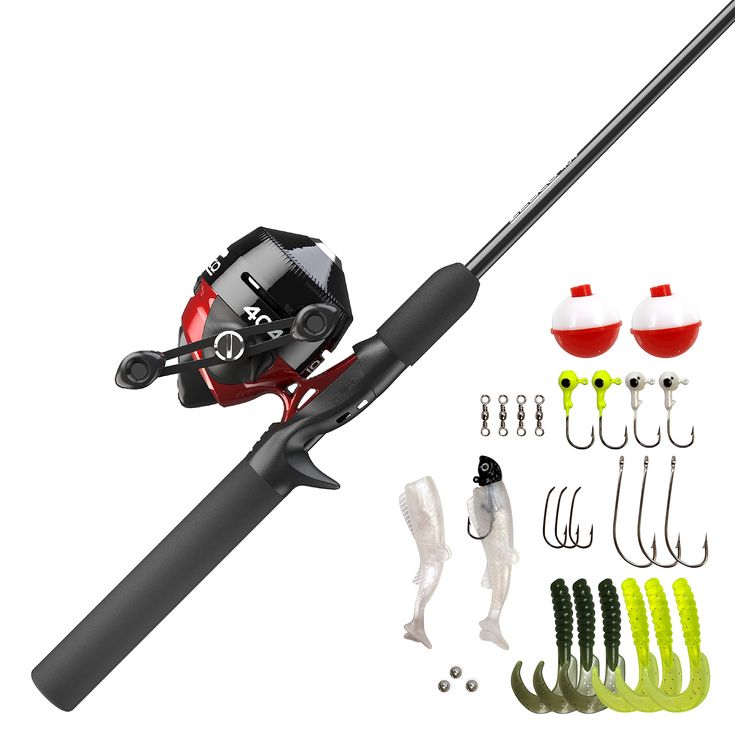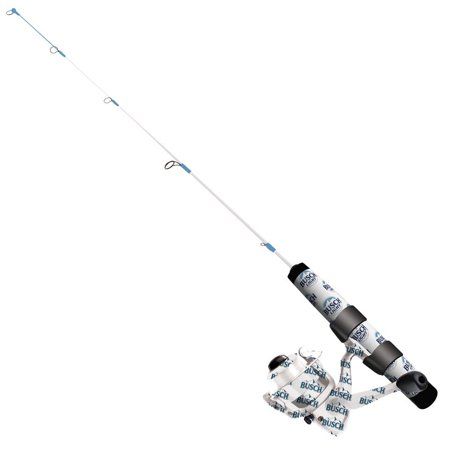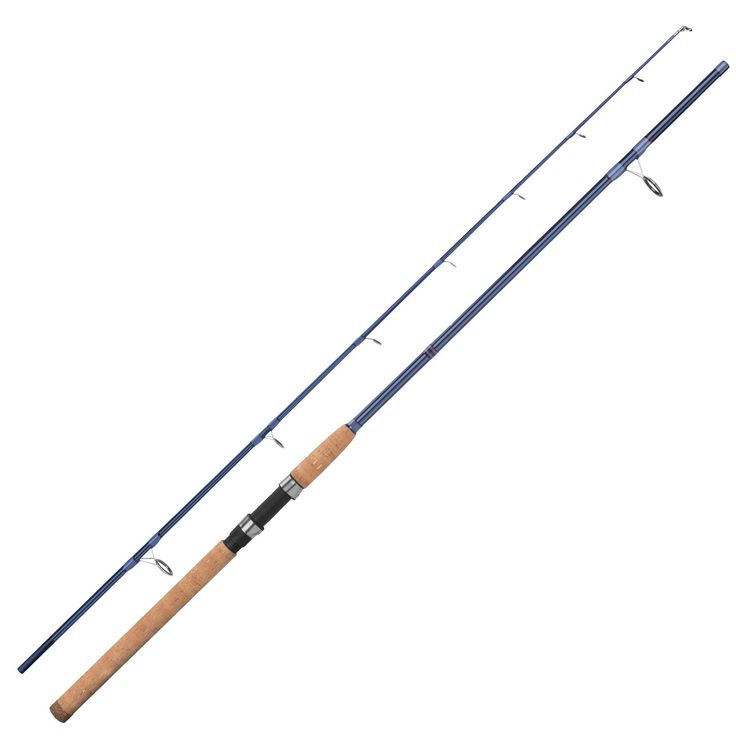Setting up your fishing rod correctly is essential for a successful fishing experience, especially for beginners. Not only does it enhance your performance, but it also ensures that you can enjoy the process without unnecessary frustrations. In this guide, we’ll break down the steps on how to set up fishing rod and provide you with valuable insights to help elevate your fishing journey.

Understanding the Components of a Fishing Rod
Before diving into how to set up your fishing rod, it’s crucial to understand its components. A standard fishing rod consists of several parts: the rod itself, the reel, the line, and various accessories such as hooks. When learning how to set up a fishing rod, familiarity with these parts will empower you to assemble them correctly.
To begin with, the fishing rod is the long, flexible pole that facilitates casting your line into the water. It is made from materials such as fiberglass, graphite, or carbon fiber, each offering different levels of sensitivity and strength. Next, the fishing reel is attached to the rod and allows you to wind and release the fishing line. It’s essential to choose a reel compatible with your rod’s specifications. Lastly, selecting the right fishing line is critical, as it varies in weight, strength, and visibility, depending on the target fish species.
Understanding these components will not only help you grasp how to set up fishing rod but will also enable you to make informed decisions when selecting a rod and associated equipment for your fishing endeavors.
Preparing the Rod and Reel for Setup
Once you have familiarized yourself with the parts of your fishing rod, it’s time to prepare the rod and reel for setup. The first step in how to set up a fishing rod is to remove any protective wrappings that may obscure components. After that, ensure that the reel is securely fastened to the rod’s seat. Most reel seats have a simple locking mechanism; just twist or slide the parts into place until they’re tight.
Make sure that the reel is oriented with the handle on the side that feels most comfortable for you, whether it’s the left or right side. If your reel has a drag adjustment, set it to a moderate level. Having too loose a drag might result in losing the fish, while a tight drag can lead to line breakage. Getting these preliminary settings right is critical as you begin to learn how to set up fishing rod effectively. This preparation phase is what lays the groundwork for a successful experience on the water.

Spooling the Fishing Line onto the Reel
The third step in our guide on how to set up fishing rod involves spooling the fishing line onto the reel, a crucial process to ensure smooth fishing experience. Begin by choosing the appropriate fishing line based on your target species and water type. Once you’ve made this selection, it’s time to spool the line.
Secure the reel in a stable position and attach one end of the line to the spool of the reel using a reliable knot, such as the Arbor Knot. Ensure that the line is threaded through the line guide on the rod and then begin winding the line around the reel’s spool. Close the bail (the metal arm that holds the line) as you wind, keeping uniform tension on the line. The goal of spooling is for the line to lay comfortably in even layers on the spool.
Be cautious not to overfill the spool. Ideally, keep a bit of space at the top to avoid tangles. This meticulous process of spooling line is elemental while learning how to set up fishing rod as it guarantees that your line won’t spring off unexpectedly during fishing.
Attaching the Fishing Hook and Lure
After successfully spooling the line, the next part of the guide on how to set up fishing rod involves attaching the fishing hook and subsequent lures. The initial step is to select a hook appropriate for your bait and target fish species. You’ll find various size options, ranging from tiny hooks suitable for panfish to larger ones for bass or catfish.
To attach the hook, thread the line through the eye of the hook and wrap it back around itself. Use a secure knot, like the Improved Clinch Knot, to ensure the hook remains firmly in place. Next, you might want to add a lure, a piece of bait, or live bait depending on your fishing strategy. Carefully slide the bait onto the hook, making sure it remains secure. Pay close attention to the setup, as improperly attached hooks can lead to lost fish.
With these steps completed, you’ve furthered your knowledge on how to set up fishing rod, bringing you one step closer to casting your line into the water. Properly attached hooks and lures can significantly impact your fishing success.

Adjusting the Rod and Line for Casting
Before you cast your line, understanding how to adjust the rod and line is essential to achieve a successful throw. The technique begins by positioning your thumb on top of the reel spool, which will help control the release of the line. As you raise your fishing rod above your shoulder, aim your cast where you want to land it, keeping your eyes on the water.
Once you have sighted your cast target, release your thumb as you make a forward motion with the rod. The speed of your cast will depend on the weight of your lure; heavier lures will require a more forceful cast. Ideal casting requires practice; learn how much effort is needed at different weights to avoid backlash on your reel.
Another key consideration during this phase of how to set up a fishing rod is ensuring that any slack is removed from your fishing line. A tight line will allow for quick bites detection and increase your chances of hooking a fish. The combination of the correct technique and setup will yield satisfying results as you proceed with your fishing experience.
Tips for Beginners on Using Your Fishing Rod
Having learned how to set up a fishing rod effectively, it’s crucial for beginners to embrace a few tips to enhance their fishing expeditions. First and foremost, familiarize yourself with local fishing regulations; this ensures that you’re abiding by laws related to limits and seasons, which varies by region.
It’s also beneficial to pay close attention to your environment. Fish are more active during dawn and dusk, making these periods significantly more productive for fishing. Additionally, try to mimic natural movements with your lures; this can fetch more interest from potential catches.
Lastly, patience is key in fishing. Expecting immediate results can lead to frustration, but finding enjoyment in the process is what truly matters. As a beginner, reflect on every outing; being mindful of what techniques worked and which didn’t will only sharpen your skills as you grow.
Conclusion
In summary, learning how to set up fishing rod is an empowering experience that opens up a world of outdoor enjoyment. By comprehending the essential components of your fishing rod, spooling the line correctly, attaching hooks and lures, adjusting for casting. And applying useful beginner tips, you’ll be well-prepared for your fishing journey. Remember, every expert was once a beginner. Embrace the learning process, remain patient, and you’ll find great joy in fishing, no matter your starting skill level. Happy fishing!